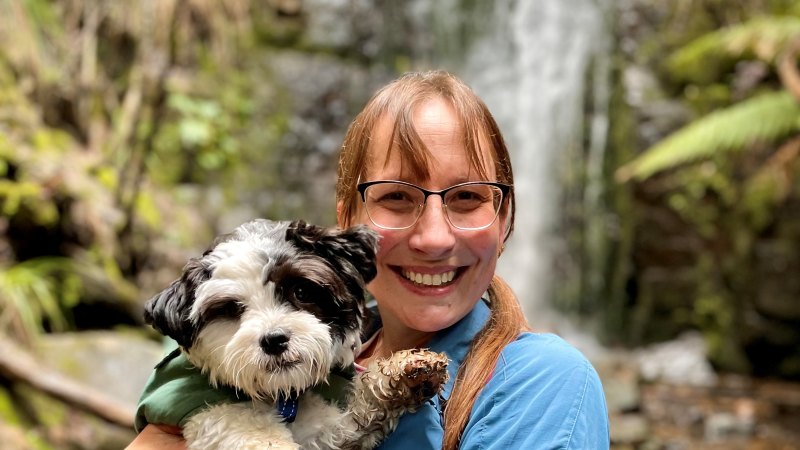Writing off the family car two months ago was a major headache for Amy Smyth.
But she had an emergency fund set aside, and with a bit of shuffling between her accounts, she purchased a replacement car.
Amy Smyth, 39, started building her emergency fund with her husband a few years ago.
The local government employee is by no means rich. But she and her husband have diligently set aside three months’ worth of living expenses just in case of an emergency.
The 39-year-old started building her emergency fund with her husband a few years ago. The couple set up a separate account and topped it up from their salaries weekly.
“Putting money into our emergency fund is like making sure we pay ourselves every week,” she says.
Smyth admits she wasn’t always so responsible. “There was a time when we were able to keep up with the bills, but nothing was ever allowed to go wrong financially,” she says.
As a mother of two kids, she admits it felt reckless in hindsight. She’s now in the process of building her emergency fund back up again for the next emergency life throws at her.
An emergency fund is money you’ve set aside for when things go wrong, like a medical emergency, if your car breaks down, to cover living costs during a period of unemployment, to buy a replacement phone or if you need to book a last-minute flight.
The pandemic gave many Australians the impetus to set up a savings account, but many seem to have lost their way recently as the cost of living rises.
Savings rates peaked at 23.6 per cent in June 2020, but dropped to 11.1 per cent in June this year. Recent research from big four bank NAB shows more than one in 10 Australians don’t have $2,000 set aside for an emergency and 20 per cent have missed a bill or loan.
As the rising cost-of-living dominates dinner table conversations, three-quarters of adults are attempting to save, but are challenged by debt, repayments, bills and everyday spending.
The solution for one in three people is to borrow money from family or friends to manage financial hardship, NAB’s research shows.
Additionally, less than half (44 per cent) of Australians could survive off their savings for one month or less, with just 23 per cent saying they could last six months or more, according to Finder research.
An emergency fund could be the key to weathering a financial storm and prevent people from dipping into savings or spending on credit. If you put $20 a week into a savings account, you’ll have more than $1,040 in a year, which is a good start to building an emergency fund, Moneysmart recommends.
The more you have saved the better, but three months of living expenses stashed in a separate account is a good aim. Start by setting up a direct transfer each time your salary hits your account so you don’t have to think about it.
Also, look out for a bank account with a good interest rate to maximise the savings returns. While the average savings rate is around 1.7%, many lenders are offering closer to 3.2 per cent.
- Advice given in this article is general in nature and is not intended to influence readers’ decisions about investing or financial products. They should always seek their own professional advice that takes into account their own personal circumstances before making any financial decisions.
Most Viewed in Money
From our partners
Source: Read Full Article

